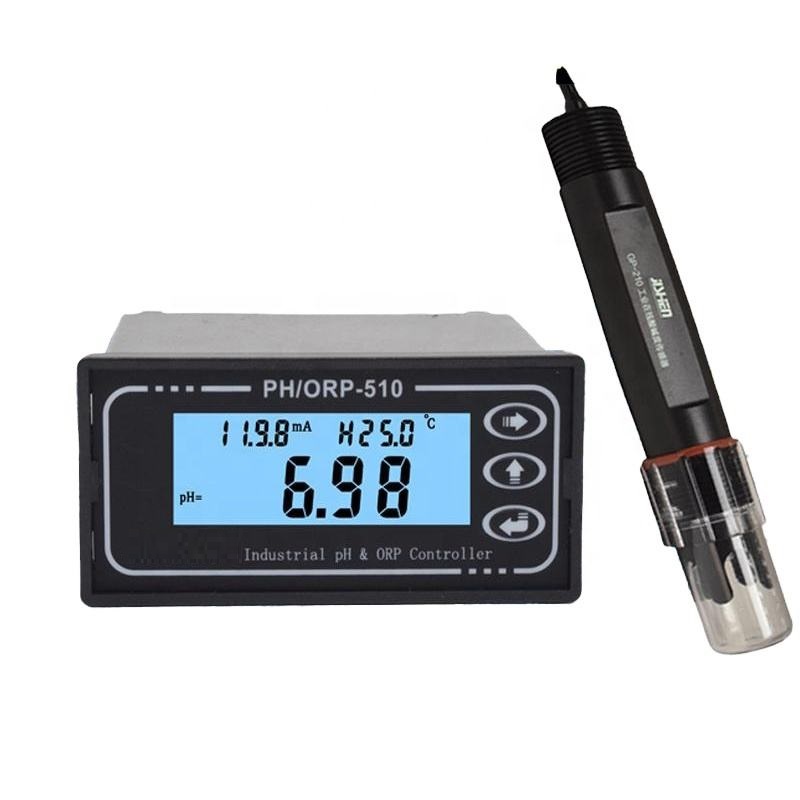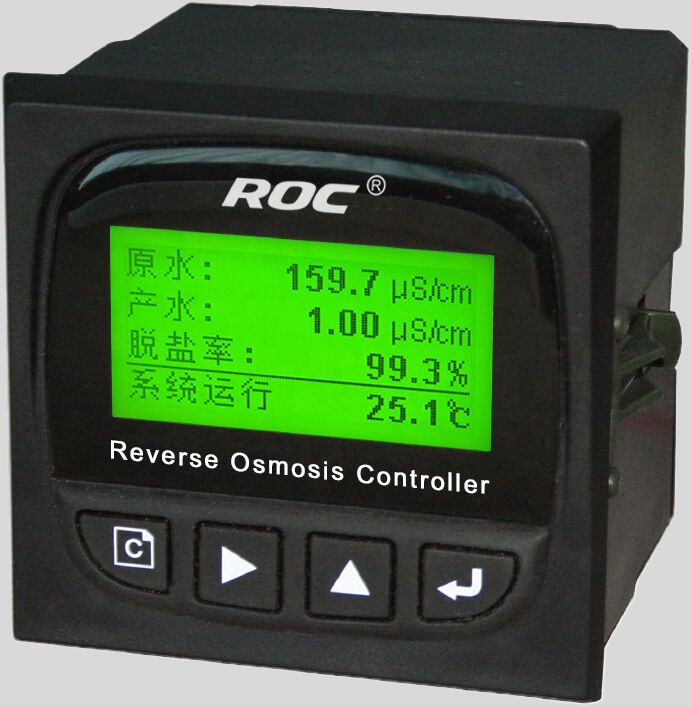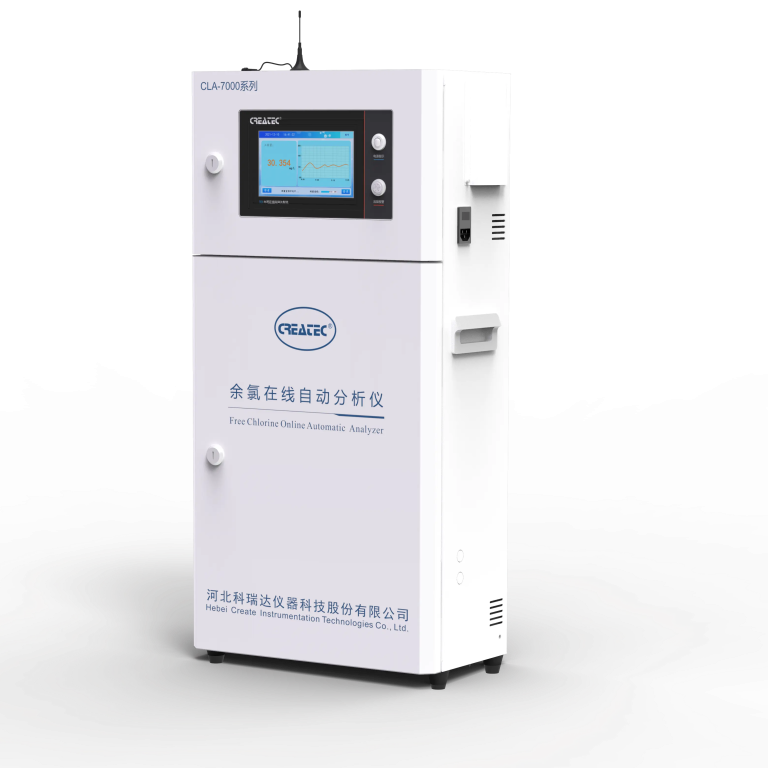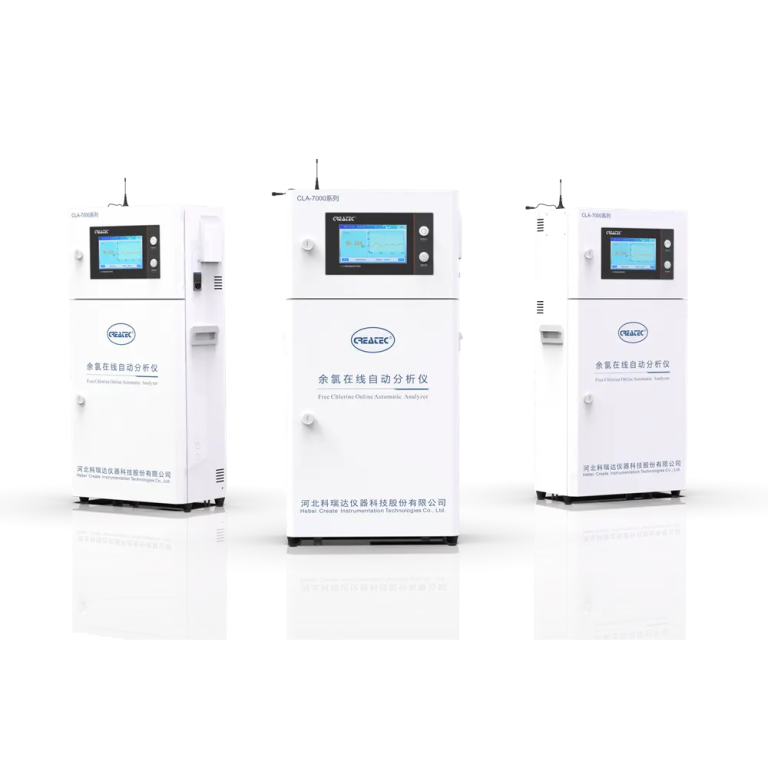The Importance of Monitoring Water Quality in Your Swimming Pool with a TDS Meter
Having a swimming pool in your backyard can be a great source of enjoyment and relaxation, especially during the hot summer months. However, maintaining a clean and safe swimming environment is essential to ensure the health and well-being of those who use it. One important aspect of pool maintenance is monitoring the water quality, and one tool that can help with this is a Total Dissolved Solids (TDS) meter.
| Model | pH/ORP-810 pH/orp meter |
| Range | 0-14 pH; -2000 – +2000mV |
| Accuracy | ±0.1pH; ±2mV |
| Temp. Comp. | Automatic temperature compensation |
| Oper. Temp. | Normal 0~50℃; High temp 0~100℃ |
| Sensor | pH double/triple sensor; ORP sensor |
| Display | LCD Screen |
| Communication | 4-20mA output/RS485 |
| Output | High/Low limit dual relay control |
| Power | AC 220V±10% 50/60Hz or AC 110V±10% 50/60Hz or DC24V/0.5A |
| Working Environment | Ambient temperature:0~50℃ |
| Relative humidity≤85% | |
| Dimensions | 96×96×100mm(H×W×L) |
| Hole Size | 92×92mm(H×W) |
| Installation Mode | Embedded |
TDS refers to the total amount of dissolved substances in water, including minerals, salts, and other impurities. Monitoring TDS levels in your pool water is crucial because high levels can indicate the presence of contaminants that can affect water quality and potentially harm swimmers. By regularly testing the TDS levels in your pool water, you can ensure that it is safe and clean for everyone to enjoy.
Using a TDS Meter is a simple and effective way to monitor the quality of your pool water. These devices are easy to use and provide accurate readings of the TDS levels in your pool. By regularly testing the water with a TDS Meter, you can quickly identify any issues with water quality and take appropriate action to address them.
| CCT-5300 | |||||
| Constant | 10.00cm-1 | 1.000cm-1 | 0.100cm-1 | 0.010cm-1 | |
| Conductivity | (500~20,000) | (1.0~2,000) | (0.5~200) | (0.05~18.25) | |
| μS/cm | μS/cm | μS/cm | MΩ·cm | ||
| TDS | (250~10,000) | (0.5~1,000) | (0.25~100) | —— | |
| ppm | ppm | ppm | |||
| Medium Temp. | (0~50)℃(Temp. Compensation : NTC10K) | ||||
| Accuracy | Conductivity: 1.5%(FS) | ||||
| Resistivity: 2.0%(FS) | |||||
| TDS: 1.5%(FS) | |||||
| Temp.:±0.5℃ | |||||
| Temperature compensation | (0~50)℃ with 25℃ as Standard | ||||
| Analog Output | Single isolated(4~20)mA,instrument/transmitter for selection | ||||
| Control Output | SPDT relay, Load capacity : AC 230V/50A(Max) | ||||
| Power Supply | CCT-5300E : DC24V | CCT-5320E : AC 220V±15% | |||
| Working Environment | Temp. (0~50)℃;Relative Humidity ≤85%RH(none condensation) | ||||
| Storage Environment | Temp.(-20~60)℃; Relative Humidity ≤85%RH(none condensation) | ||||
| Dimension | 96mm×96mm×105mm (H×W×D) | ||||
| Hole Size | 91mm×91mm (H×W) | ||||
| Installation | Panel mounted, fast installation | ||||
One of the main benefits of using a TDS Meter is that it can help you determine when it is time to change the water in your pool. Over time, the TDS levels in pool water can increase due to evaporation, chemical treatments, and other factors. When TDS levels become too high, it can lead to cloudy water, scaling on pool surfaces, and an unpleasant swimming experience. By monitoring TDS levels with a meter, you can determine when it is necessary to drain and refill your pool to maintain optimal water quality.
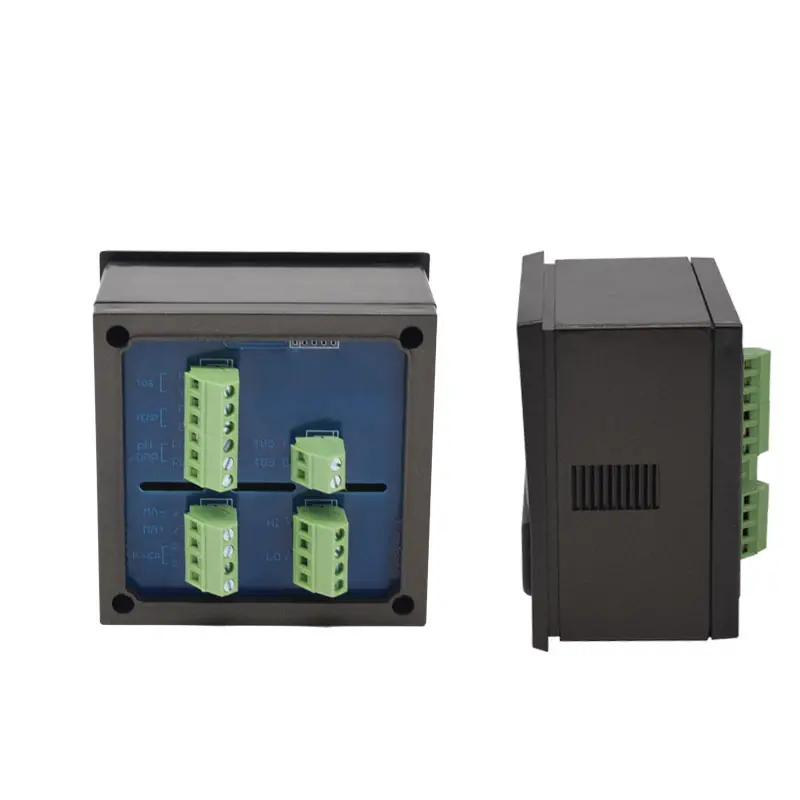
In addition to helping you maintain clean and safe pool water, using a TDS Meter can also save you time and money on pool maintenance. By regularly testing the water with a meter, you can catch potential issues early on and address them before they become more serious and costly to fix. This proactive approach to pool maintenance can help you avoid expensive repairs and keep your pool in top condition for years to come.
When using a TDS Meter to monitor your pool water, it is important to follow the manufacturer’s instructions for proper use and calibration. It is also recommended to test the water at different locations in the pool to ensure an accurate representation of the overall water quality. By taking these steps, you can ensure that you are getting reliable and consistent readings from your TDS Meter.
In conclusion, monitoring water quality in your swimming pool with a TDS Meter is essential for maintaining a clean and safe swimming environment. By regularly testing the water with a meter, you can identify potential issues with water quality, determine when it is time to change the water, and save time and money on pool maintenance. Investing in a TDS Meter is a smart decision for any pool owner who wants to ensure the health and well-being of those who use their pool.
